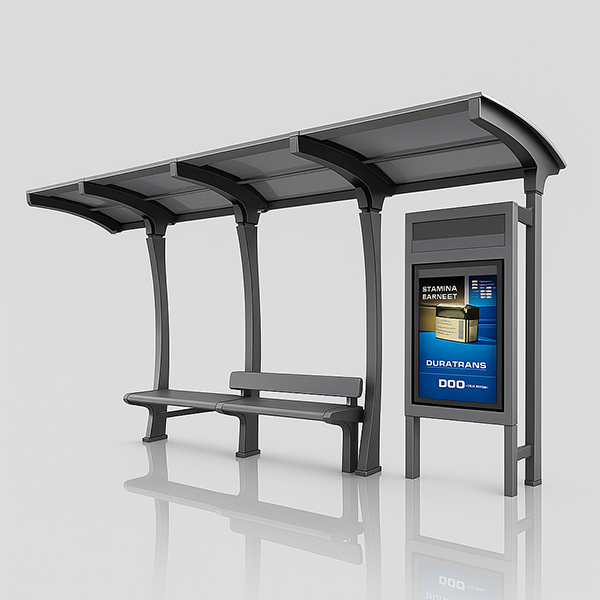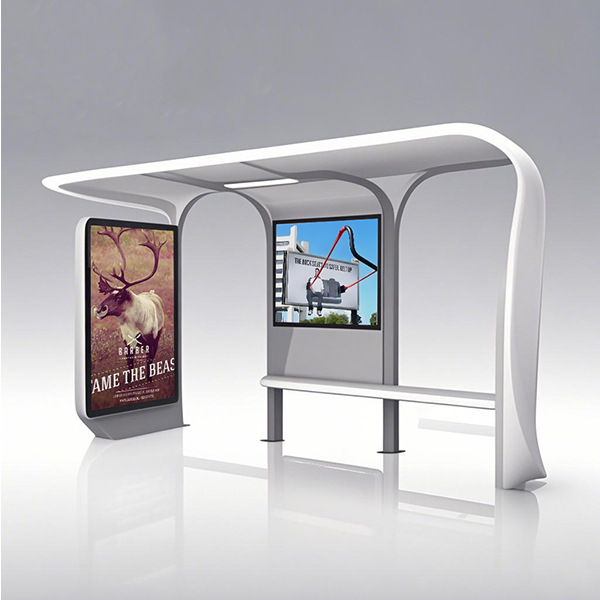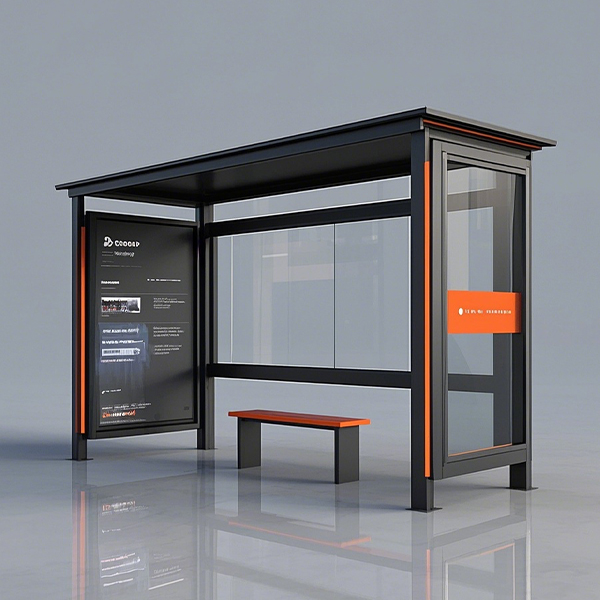
digital signage technologies
Digital Signage Technologies: A Comprehensive GuideDigital signage has revolutionized the way businesses communicate with their audiences. This article provides a comprehensive overview of the digital signage technologies currently available, exploring their capabilities, applications, and future trends. We'll delve into hardware, software, content management systems, and the impact of emerging technologies like AI and IoT on this dynamic field.
Hardware Components of Digital Signage
Displays
The heart of any digital signage system is the display. Options range from LCD screens (offering excellent color reproduction and affordability) to LED displays (known for their high brightness and durability, ideal for outdoor applications). High-resolution displays with 4K or even 8K capabilities are becoming increasingly prevalent, enhancing the visual impact of content. Choosing the right display depends on factors such as location, viewing distance, and desired resolution. Consider factors like screen size, brightness, resolution, and whether you need indoor or outdoor capabilities when selecting your hardware.Media Players
These small, powerful computers are the brains of your digital signage network. They receive content from a content management system (CMS) and display it on the screens. Key features to consider include processing power, storage capacity, connectivity options (such as Ethernet and Wi-Fi), and operating system compatibility. Many media players offer built-in functionalities like scheduling and remote management capabilities. Look for options that offer flexibility and scalability for future growth.Sensors and Peripherals
Integrating sensors and peripherals can significantly enhance the capabilities of your digital signage network. For example, motion sensors can trigger content based on audience presence, while interactive touchscreens allow for engaging user experiences. Cameras can be used for audience analytics, gathering valuable data about viewer engagement. The possibilities are extensive, allowing for tailored experiences and data-driven decision-making.Software and Content Management Systems (CMS)
The software component is crucial for managing and deploying content across your digital signage network. A robust CMS allows for easy content creation, scheduling, and distribution. Many platforms offer features such as: Content scheduling: Plan and automate content display across your network, ensuring the right message is shown at the right time. Remote management: Control and monitor your displays remotely, streamlining updates and troubleshooting. Analytics and reporting: Track key metrics such as viewer engagement and content performance. Template creation: Design reusable templates to simplify content creation and maintain brand consistency. Integration with other systems: Connect your digital signage system with other business platforms such as CRM or POS systems for data-driven content.Popular CMS platforms include (but are not limited to) Scala, BrightSign, and Rise Vision. Selecting the right CMS depends on the size and complexity of your network, your budget, and your technical expertise. Research different platforms carefully to find the best fit for your needs.Emerging Technologies in Digital Signage
Artificial Intelligence (AI)
AI is transforming digital signage by enabling more personalized and interactive experiences. AI-powered systems can analyze audience demographics, preferences, and behavior to deliver targeted content. Facial recognition technology can be used to personalize greetings and promotions. AI can also optimize content scheduling based on real-time data, maximizing impact and efficiency.Internet of Things (IoT)
The integration of IoT devices into digital signage allows for more contextual and data-driven experiences. Sensors can track environmental factors like temperature and light levels, adjusting content accordingly. Integration with other smart devices can trigger relevant messages based on real-time events. For example, a digital display in a retail setting could highlight promotions based on inventory levels or weather conditions.Choosing the Right Digital Signage Solution
Selecting the optimal digital signage solution requires careful consideration of your specific needs and goals. Factors to consider include:| Factor | Considerations |
|---|---|
| Budget | Hardware, software, installation, and ongoing maintenance costs. |
| Scalability | Ability to expand the system in the future. |
| Content Management | Ease of content creation, scheduling, and distribution. |
| Technical Expertise | In-house capabilities or need for external support. |
Conclusion
Digital signage technologies continue to evolve at a rapid pace, offering businesses increasingly sophisticated tools for communication and engagement. By understanding the available hardware, software, and emerging technologies, businesses can leverage the power of digital signage to enhance their brand presence, improve customer experiences, and drive business outcomes. The key is to select a solution that aligns with your specific needs and goals, ensuring a successful and impactful implementation.Соответствующая продукция
Соответствующая продукция
Самые продаваемые продукты
Самые продаваемые продукты-
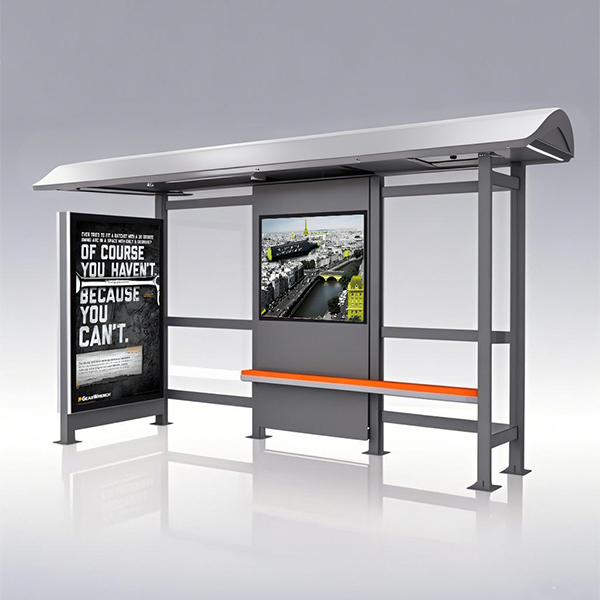 Curved Shed Bus Stop Shelter
Curved Shed Bus Stop Shelter -
 Stainless Steel Bus Stop
Stainless Steel Bus Stop -
 Modern Design Bus Station
Modern Design Bus Station -
 Glass Roof Bus Shelter
Glass Roof Bus Shelter -
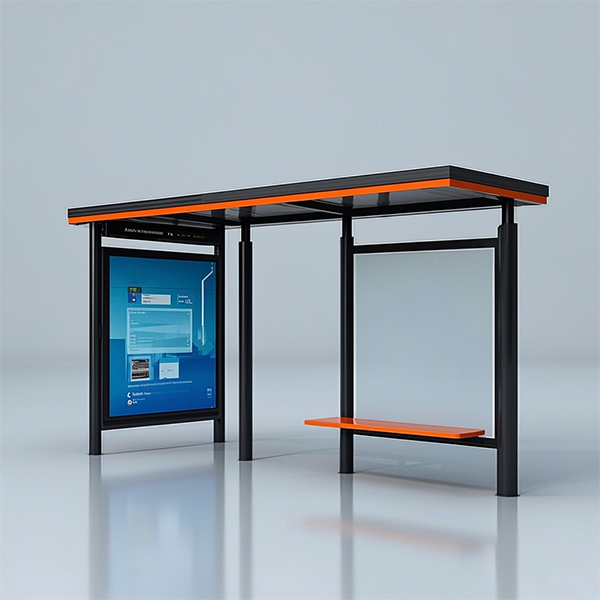 Bus Stop Shelter
Bus Stop Shelter -
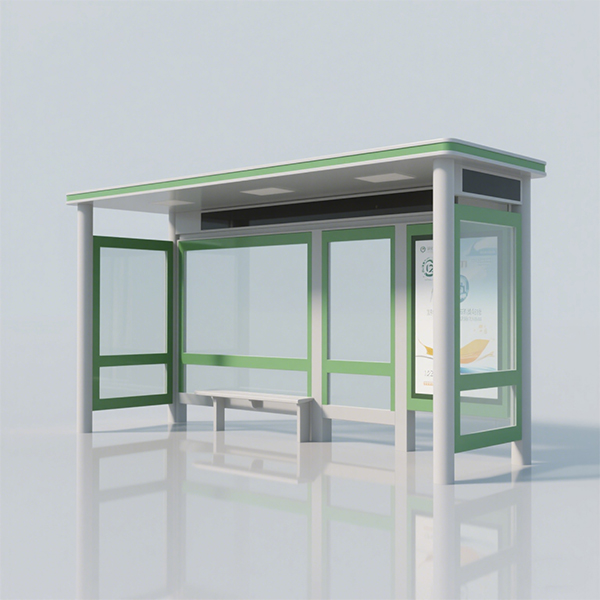 Semi-enclosed Bus Stop Shelter
Semi-enclosed Bus Stop Shelter -
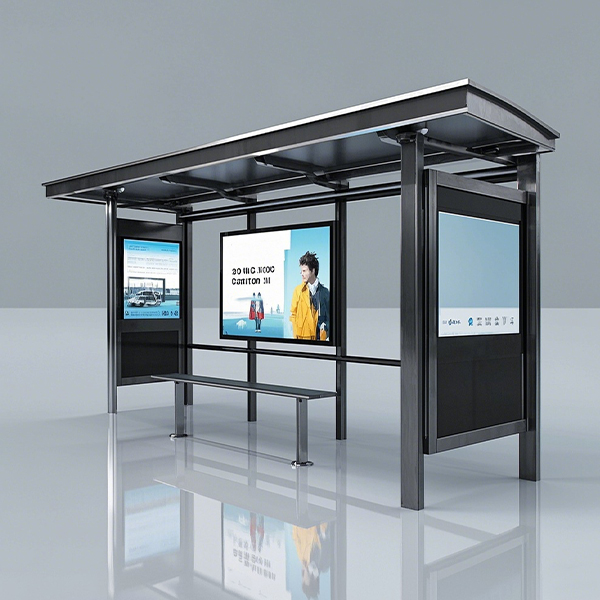 Three Advertising Box Bus Stop Shelter
Three Advertising Box Bus Stop Shelter -
 Semi-enclosed Bus Stop Shelter
Semi-enclosed Bus Stop Shelter -
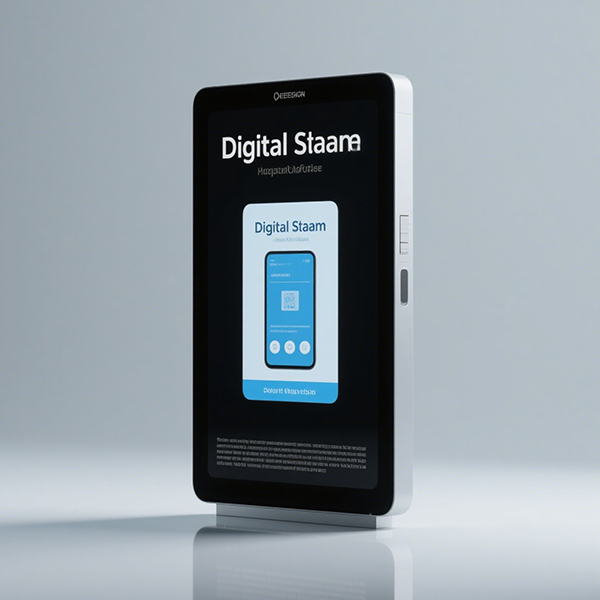 Digital Billboard
Digital Billboard -
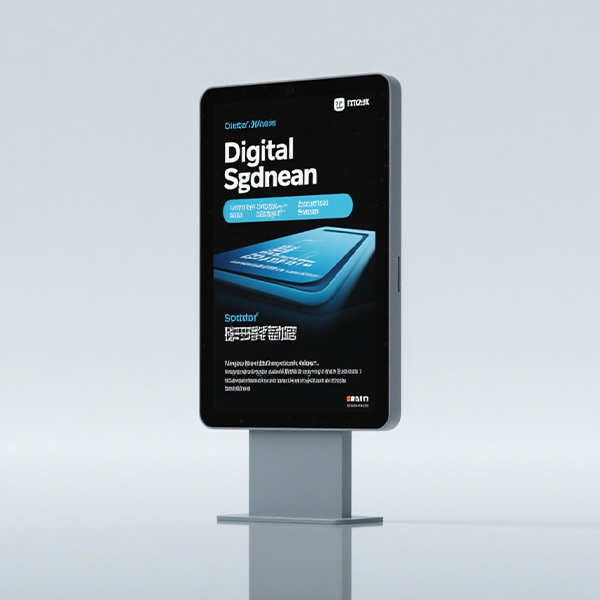 Digital Signage
Digital Signage -
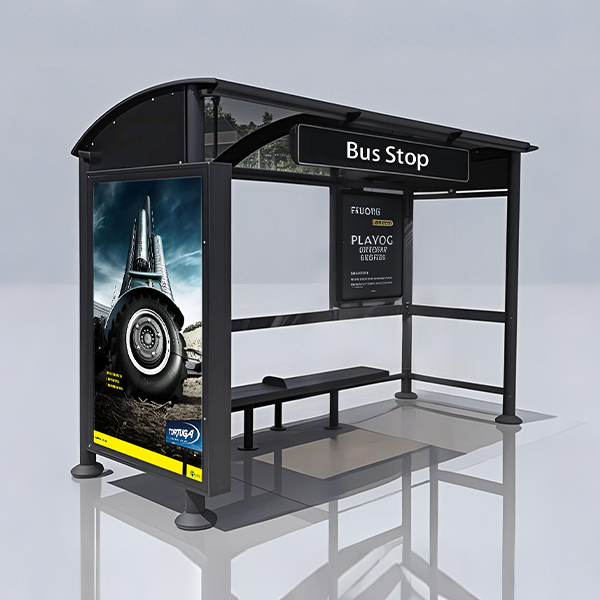 Curved Shed Bus Stop
Curved Shed Bus Stop -
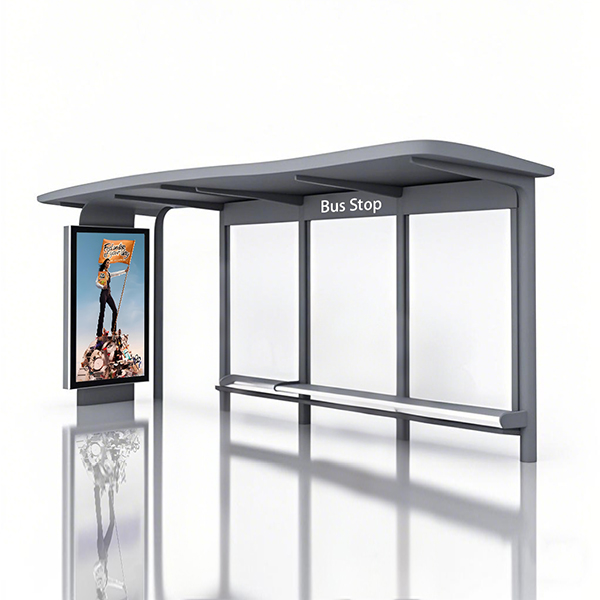 Single Light Box Bus Stop
Single Light Box Bus Stop







